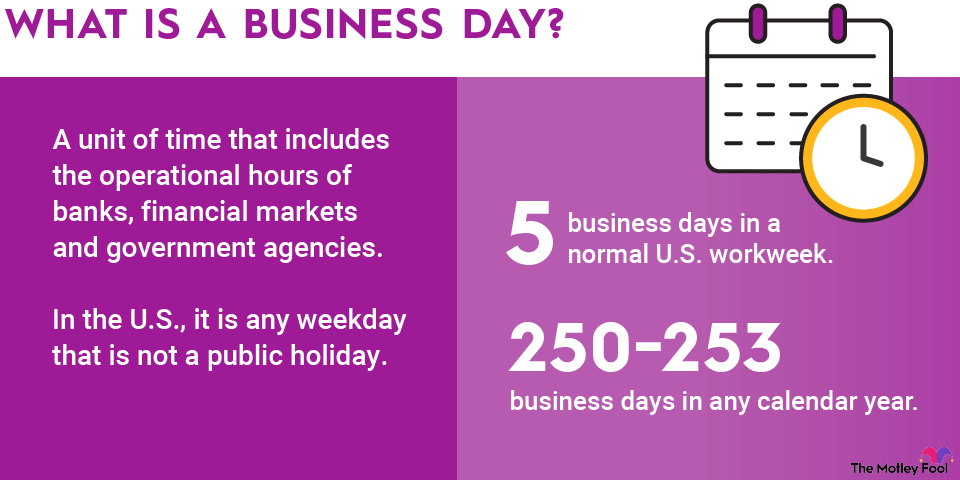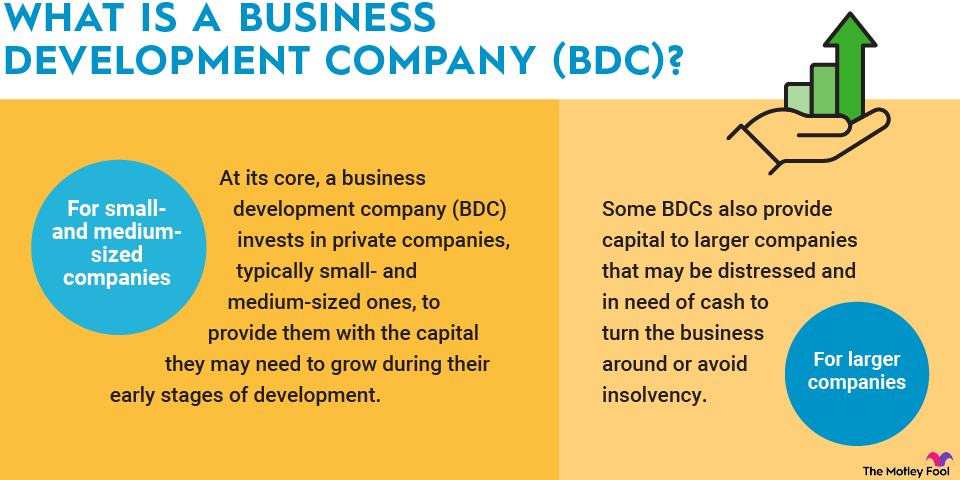When you're trying to figure out how well your company is keeping up with demand, the book-to-bill ratio can give you some insight. This ratio is ever-changing with demand, but here's how you can make it work for you.

What is a book-to-bill ratio?
A book-to-bill ratio is a way to measure demand for a product based on how many orders were received versus how many have been fulfilled. It's a common metric for many tech companies but can also be used for a wide range of manufacturing to help gauge demand for a product at any given time.
Book-to-bill isn't a ratio that's useful on its own, necessarily, but it can tell a story about sales trends, how well a company is managing its inventory and production, and if expansion or contraction of that company may be warranted.
How to calculate the book-to-bill ratio
A book-to-bill ratio is really simple to calculate. Simply take the number of orders received and divide it by the number of orders that shipped during a set period of time. This can be any period of time -- a week, a month, a quarter, a year, and so on. Very short and very long windows tend to be less helpful, but looking at a month or a quarter can give you some pretty decent insights.
Here's how the equation looks:
Book-to-bill ratio = Orders received / Orders shipped
So, if your company had an order for 10,000 CPUs, and you were only able to fulfill 9,000 of those, your book-to-bill ratio would be 10,000/9,000 or 1.11. This is a great book-to-bill ratio that indicates that you've got a lot of orders coming in and you're fulfilling them at a decent speed, so you might as well keep going.
A book-to-bill ratio that's less than 1, however, can point to a lack of interest in the product or overproduction, which can then create a lot of financial waste. So, say your company only got 9,000 orders and produced 10,000 CPUs instead. That would give you a book-to-bill ratio of 0.9, which is less good.
Factors that influence the book-to-bill ratio
Many things influence book-to-bill ratios, which is why it's so important to look at more than one period per company you're investigating. This will give you a clear look at the overall trends affecting the company rather than a peek through a dirty window.
A few factors that can influence book-to-bill ratios include:
- Change in demand. This is the biggest influence, generally. Whether that's a seasonal change or a pivot in the industry can only be known by looking at more than one period for your company and comparing it to the performance of its competition.
- Labor issues. Strikes and lockdowns can affect book-to-bill ratios since having no workers on the job will kill productivity. Your company may not be that great, but if there's been an extended strike, the book-to-bill ratio may be very high and look impressive.
- Equipment malfunction. Just like labor issues, issues with equipment that aren't quickly resolved can result in improperly inflated book-to-bill ratios. It's hard to fulfill orders when your machines aren't working.
- Company image. Bad press can be damning, especially in an industry where there are lots of competitive companies. If your company has experienced significant negative (or positive) press, this can heavily influence orders, though often in the short term.
Related investing topics
Why book-to-bill ratio matters to investors
Book-to-bill ratios are incredibly important to investors in certain manufacturing segments since they speak to both demand for the product and manufacturing efficiencies within the company. You want your company to have lots of demand and a high book-to-bill, but not one that's too high -- otherwise, unfulfilled orders may be canceled, and customers will go elsewhere to find the products they need.
That being said, a low book-to-bill ratio is also problematic because it points to production that's mismanaged, with far too much production and too little demand. This results in longer times spent storing the products before they're sold, as well as a general financial inefficiency within the company.
The ideal book-to-bill ratio is 1 on the nose, which indicates a perfect balance between demand and production, but it's not all bad to have one that's slightly greater than 1. That way, you know there are future orders waiting to be fulfilled in the near term, but customers still don't have to wait too long.



















